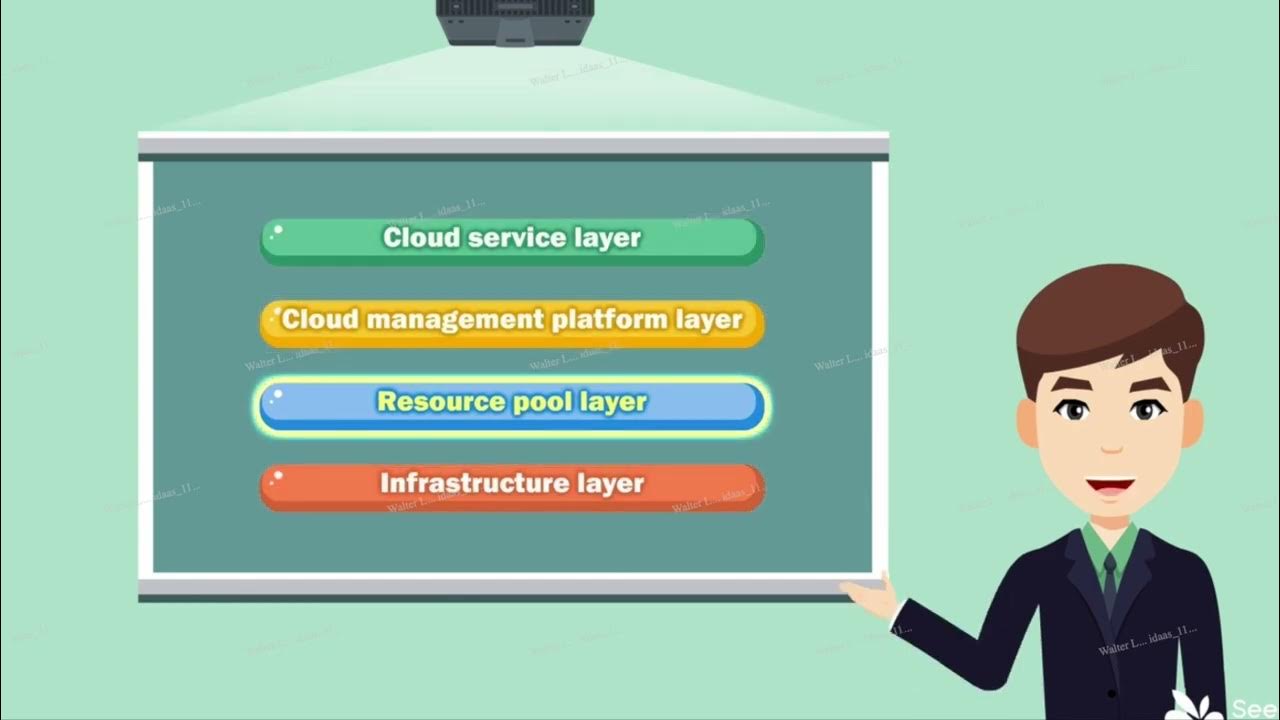A Brief History of IPFS and Filecoin
Summary
TLDRJinx, a developer at Falcon Foundation, presents an introductory overview of IPFS and Filecoin - core technologies enabling distributed, resilient data storage on the decentralized web. He outlines the concepts, architecture, tools, and use cases, aiming to inspire hackers at the Chainlink Spring 2022 Hackathon to build projects leveraging these technologies. Numerous open source dev tools, grants, and community resources are highlighted for hackers to tap into, with social good initiatives like archiving climate change data also showcased.
Takeaways
- 😀 IPFS is a peer-to-peer protocol that provides distributed and addressable storage
- 📘 Filecoin incentivizes nodes to provide storage and bandwidth to IPFS
- 🔑 IPFS addresses content by hashes instead of locations, allowing for decentralized storage
- 🌎 IPFS aims to build a distributed, resilient and censorship-resistant web
- 🛠 There are many devtools like Fleek, nft.storage, Web3.Storage that make building on IPFS easy
- 👪 IPFS and Filecoin enable new business models and opportunities at all layers
- 🔬 Filecoin Virtual Machine (FVM) will allow smart contracts where data is stored
- 🌳 Filecoin aims to be carbon neutral or negative over time
- 🎓 There are grants available to continue developing hackathon projects using IPFS/Filecoin
- ✋ Stay involved via Slack, Discord, Twitter, YouTube, hackathons.filecoin.io
Q & A
What is IPFS and how does it work?
-IPFS stands for InterPlanetary File System. It is a peer-to-peer protocol that addresses content by what it is instead of where it is located. It uses content addressing and distributed hash tables to locate and retrieve files in a decentralized way without needing a central server.
What is Filecoin and how does it relate to IPFS?
-Filecoin is a decentralized storage network and marketplace built on top of IPFS. It provides economic incentives for storage providers to store data reliably and verifiably on the network. Filecoin leverages crypto economics to keep data distributed, reliable and low cost.
What tools are available for developers to build with IPFS and Filecoin?
-There are many tools available such as Fleek, nft.storage, Web3.Storage, Powergate and more. These tools make it easy for developers to store and retrieve data on IPFS and Filecoin without needing to directly interact with the networks.
How can IPFS and Filecoin be used for social good?
-Initiatives like Filecoin Green seek to make Filecoin carbon neutral or negative. Grants are provided to encourage storage of socially valuable datasets like genocide survivor testimonies and climate data. The IPFS and Filecoin ecosystems aim to preserve humanity's most important information.
What is the Filecoin Virtual Machine and what can you build with it?
-The Filecoin Virtual Machine (FVM) allows execution of smart contracts at storage providers. This avoids expensive data transportation. The FVM will have EVM compatibility. It enables new storage and economic models, for example to automatically renew deals.
How does data permanence work on Filecoin?
-Clients make storage deals with providers, specifying how long data should persist. Providers submit cryptographic proofs that data continues being stored over time. Deals can be set to renew automatically. There are penalties if data is lost, encouraging reliable long term storage.
What opportunities exist for building new business models with IPFS and Filecoin?
-The new crypto economies enabled create opportunities for storage, bandwidth and computation markets. New cooperatively owned data models become possible. Each layer like mining, tooling, applications etc. presents chances for new business models.
How can IPFS prevent duplication of data?
-IPFS generates content IDs which act as unique fingerprints. Identical data produces the same ID. This allows deduplication - data only needs to be stored once on the network, with everyone referencing the same ID.
Can you track locations of peers on the IPFS network?
-No, IPFS is designed to obscure peer locations. Content is located using only the content ID. This enhances privacy and censorship resistance properties.
What resources exist for learning more about IPFS and Filecoin development?
-ProtoSchool, nft.school and YouTube have excellent interactive tutorials. The documentation on sites like nft.storage is also very developer friendly. Joining the community on Slack or Discord allows asking questions directly.
Outlines

This section is available to paid users only. Please upgrade to access this part.
Upgrade NowMindmap

This section is available to paid users only. Please upgrade to access this part.
Upgrade NowKeywords

This section is available to paid users only. Please upgrade to access this part.
Upgrade NowHighlights

This section is available to paid users only. Please upgrade to access this part.
Upgrade NowTranscripts

This section is available to paid users only. Please upgrade to access this part.
Upgrade NowBrowse More Related Video
5.0 / 5 (0 votes)





